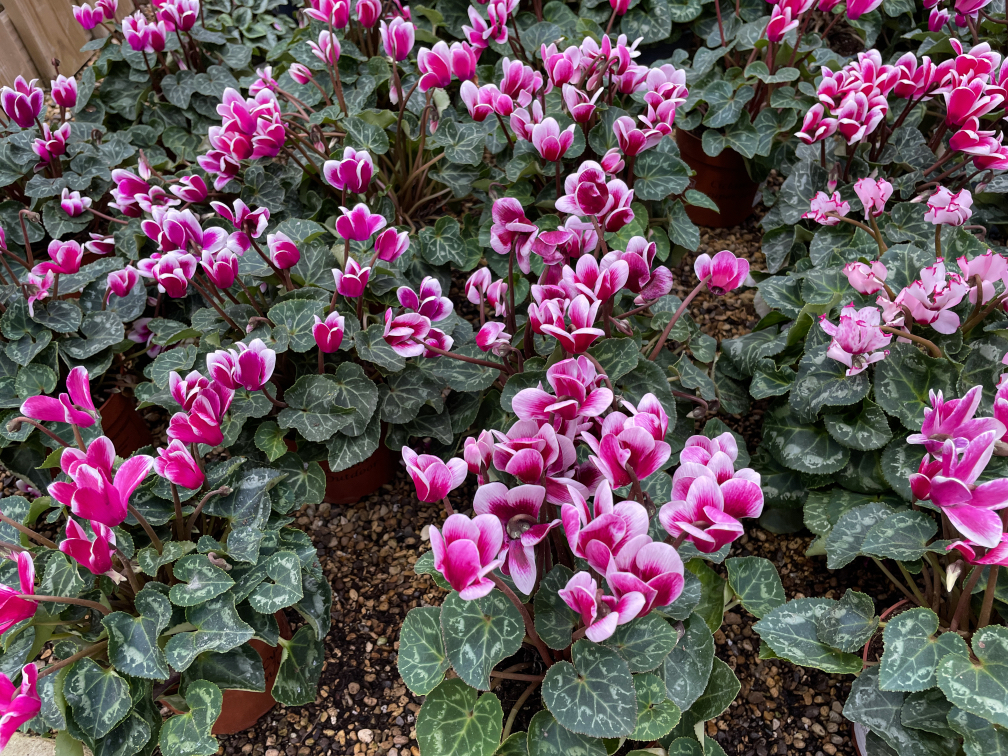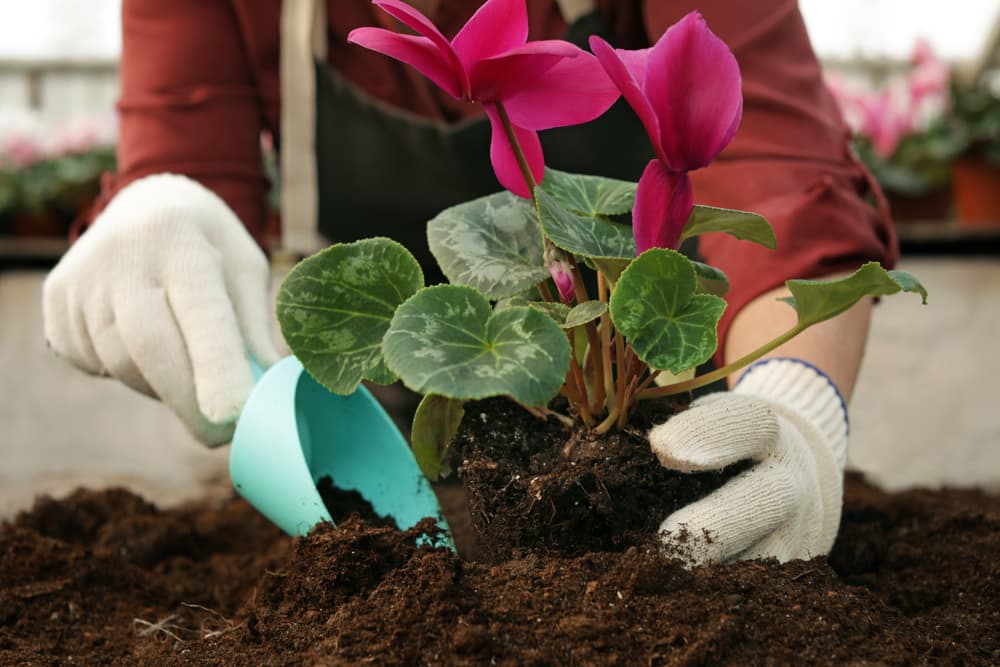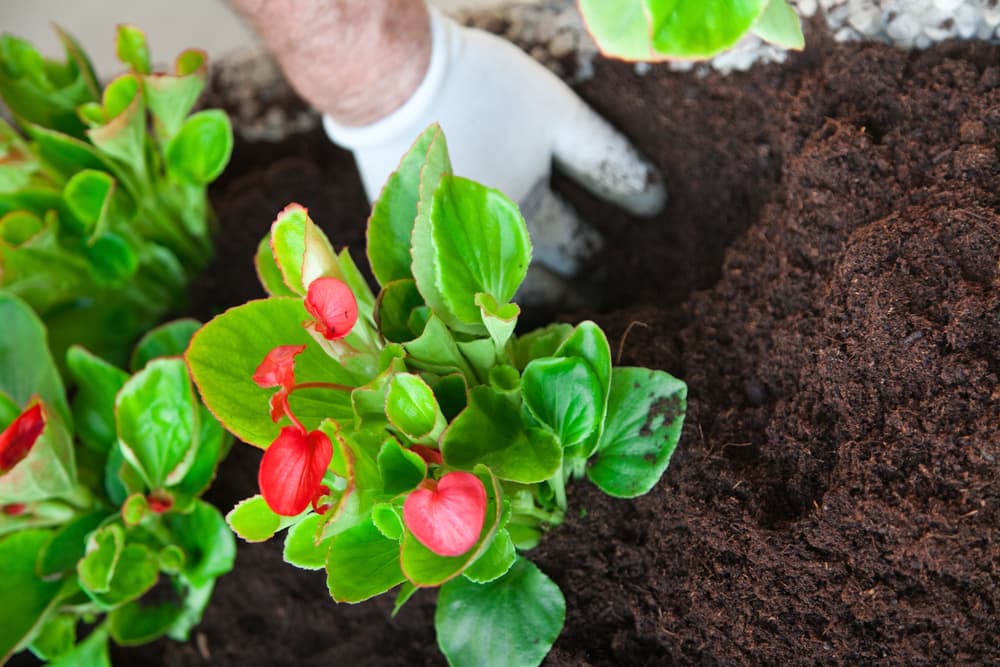When Propagating Hardy Cyclamen, Dividing Tubers Is Usually The Best Method

PERENNIALS > CYCLAMEN > PROPAGATION

Elizabeth is a Permaculture Garden Designer, Sustainability Consultant and Professional Writer, working as an advocate for positive change. She graduated from the University of St. Andrews with an MA in English and Philosophy and obtained a Diploma in Applied Permaculture Design from the Permaculture Association.
Reviewed By COLIN SKELLY

Colin is a Horticulturist and Horticultural Consultant with experience in a range of practical and managerial roles across heritage, commercial and public horticulture. He holds the Royal Horticultural Society’s Master of Horticulture award and has a particular interest in horticultural ecology and naturalistic planting for habitat and climate resilience.
IN THIS GUIDE
CYCLAMEN GUIDES
Common Problems
Container Growing
Growing From Seed
Indoors Care
Overwintering
Propagation
Red Varieties
Transplanting
Cyclamen is a popular plant and there are many different varieties to choose from.
Some species are hardy and are grown outside in UK gardens, while others, known as Florist’s Cyclamen, are more tender and are typically grown as houseplants indoors.
If you wish for more cyclamen plants, it is possible (though sometimes challenging) to propagate new plants from existing ones.
Florist’s Cyclamen is usually more difficult for the home gardener to propagate than the hardier types and individual species will differ greatly from one another in how simple it is to do so.

However, cyclamens can, with some patience, be propagated from seed, or they can be propagated by means of division of the tuber.
Some hardy types will self-seed rather readily outdoors, but sowing the seeds of most cyclamens yourself can take some work.
It is usually easier to attempt propagation by division.
To propagate cyclamens by division:
- Cut back any dead foliage.
- Lift the plant from the soil or growing medium.
- With a clean knife, cut the tuber into pieces, each one with a point where foliage would grow from (like the eyes in a seed potato).
- Plant the sections of cyclamen tuber with the growing points just above soil level.
Read on for a slightly more in-depth description of this process –
When To Divide
The best time to divide cyclamens very much depends on which variety you are growing.
As a general rule, hardy cyclamens are divided in autumn, around September or October.
The more tender types grown indoors are best divided after they enter their period of dormancy after the foliage dies back in spring.

April is usually a good time to propagate these cyclamens by division.
“If you have a hardy Cyclamen that has established, it will slowly increase into a clump through natural division or self-seeding,” adds Colin Skelly, a Horticultural Consultant.
“You can speed up this process by dividing some of the plants and controlling where you want the clump to spread.”
1) Cut Back Any Dead Foliage
First things first, cut back any dead foliage on the plant.
This will allow you to see things more clearly and handle the plant.
2) Lift The Plant
Next, lift the plant carefully from the ground, or from the container in which it is growing.

Ease the plant gently from the pot or lift it from the soil.
Knock off any excess dirt so that you can clearly see the tuber, which at the mature stage, will resemble a seed potato.
3) Divide The Tuber
Take a clean, sharp knife, and divide this tuber into sections.
There are no hard and fast rules about how many divisions you can make, but you should not go overboard.

Dividing each one into just 2-3 pieces usually offers the best chance of success.
Each division that you create should have a small protrusion which foliage would grow from.
Look out for these spots, which work like the ‘eyes’ on a seed potato.

It is from these spots that new growth should emerge.
4) Replant The Divisions
Once you have divided the tuber of a mature cyclamen plant, each division, with its growing point, should be replanted or potted up.
If placing in the ground in your garden, it is important to choose a free-draining location in partial shade with good, fertile soil.

If growing in containers, be sure that they drain freely and are filled with a suitable loam-based, peat-free medium with added grit and leaf mould for the best results.
While this process is fairly straightforward, unfortunately, the divisions will be particularly vulnerable to root rot at this stage.
It is important to make sure that they are not in overly damp or waterlogged conditions.
If the divisions are successful, they should grow into new plants to increase your cyclamen collection.
Be sure to place them in an appropriate place for the type you are growing and make sure to care for them correctly.
